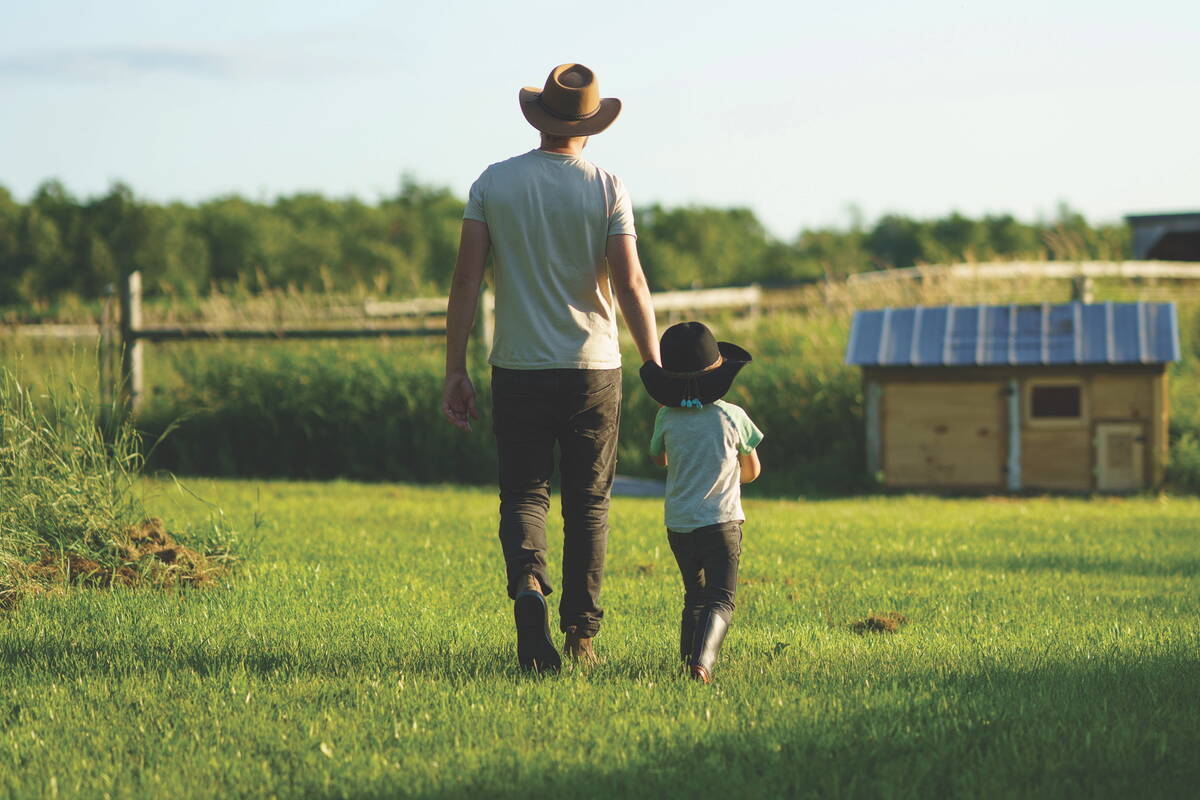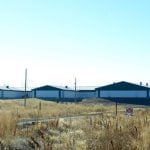It’s been a long-held dream of many in the agriculture sector to see farmers paid for the environmental goods and services they provide to society.
The argument goes that farmers can do great things for the environment. But as Bill Campbell, past president of the Keystone Agricultural Producers (KAP), has often noted, farmers can’t be green if they’re in the red.
Therefore, if society expects changes at the farm level to provide environmental outcomes that benefit all Canadians, they should be compensated accordingly.
Read Also

The new spin on farm legacy
Farmers are starting to think differently about the future of their farms in Western Canada. What does this mean for the next generation and farm succession planing?
The Alternative Land Use Services program is one of the best-known and earliest efforts on this front. This made-in-Manitoba strategy was the brainchild of then-KAP president Ian Wishart. It came to fruition in 2006 with the first pilot project in the RM of Blanshard in Western Manitoba.
It was an uphill struggle at the time to get people to understand the concept of paying farmers for these services, especially amongst the public. However, there were a handful of similar examples out there, most notably in New York State.
New York City administrators were paying farmers in the Catskills region to protect the city’s water supply by farming in ways that prevented contamination. That system was a classic win-win. The city rewarded farmers for environmental stewardship that otherwise would have penalized them financially. The vast metropolis avoided building a massive — and very costly — water filtration system in favour of simple UV sterilization.
But it was initially met with bewilderment outside of agricultural circles.
Two decades later, this is an idea whose time has come, if the recent annual meeting of the Canadian Federation of Agriculture is any barometer.
None of the politicians — the leaders of the five major parties, including the prime minister — who attended the meeting on the afternoon of March 6 named the ALUS program. But they all, in some form, endorsed the concept of it.
Prime Minister Justin Trudeau spoke in the context of emissions reductions. He acknowledged that emissions reductions couldn’t come at the expense of productivity and that production needs to be rising, not falling, to feed a hungry world. He added, “we need to support you doing this.”
That might not be an explicit endorsement of an ALUS-style program. But it is an acknowledgement that if society wants services from farmers, it needs to help foot the bill for them.
Pierre Poilievre, leader of the official opposition, went even further. Responding to a question from the floor, he explicitly stated that he believed farmers should be incentivized to sequester carbon in the soil.
The NDP’s Jagmeet Singh said he wants to see government stop subsidizing the “already profitable” energy sector and instead put those funds into agriculture to grow productivity and ensure economic viability while meeting the nation’s emissions targets.
“That’s a better placement of our money,” he said.
Elizabeth May of the Green Party said farmers can help the country meet its climate and environmental goals and should be rewarded for their efforts.
“You should be paid for every ounce of carbon you sequester in the soil,” she said.
In this era of bitter partisanship, it’s heartening to see politicians across the spectrum rallying around an idea like this.
They’ll have differing opinions on how best to implement any system of paying for environmental goods and services and, as a political watcher, I can anticipate the coming spirited debates.
But from a pragmatic viewpoint, if this language has become palatable to the political parties in the nation’s capital, the sector’s never been closer to attaining this goal.
What’s needed now is a concentrated effort by the agriculture lobby to drive the point home and make rhetoric into policy. It’s one thing to mouth the talking points in front of a room full of farmers. It’s another entirely to sign the cheque to make the payments.
You can play a role in this. First, contact your federal representative if you support the concept; encourage them to explore it and then take the idea forward in Ottawa.
Getting this far has taken a long time and it might take a few more years for this to grow into more tangible forms, but there are clear signs of progress.
In another five years, we could be watching this concept roll out across Canada as Manitoba’s gift of agricultural sustainability to the country.
















